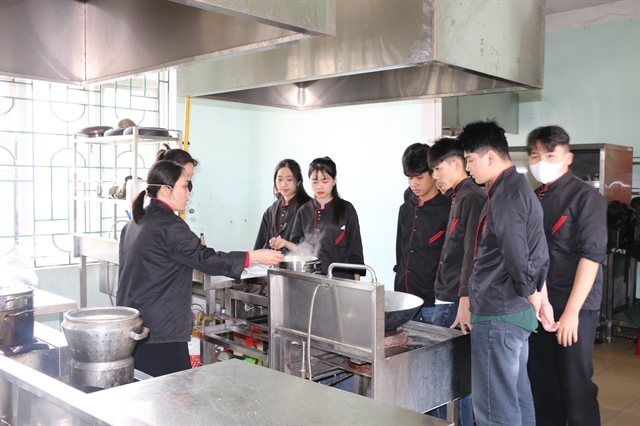 Brandinfo
Brandinfo

Developed under the auspices of the openKylin community project and backed by key Chinese tech players, openKylin is positioned as a strategic alternative to other Linux distributions such as Ubuntu, Fedora, and Debian.
 |
| The latest version of openKylin is available on its official website at https://www.openkylin.top/ |
A closer look at openKylin
openKylin is an open-source desktop operating system built on a Linux kernel, designed to support Chinese-developed hardware and foster domestic software ecosystems. Its development began as part of China’s broader push for IT independence, and its source code was officially made public in 2022. Since then, the OS has seen growing participation from developers, academic institutions, and industry contributors.
The latest stable release is fully compatible with mainstream CPU architectures including x86, ARM, RISC-V, and LoongArch. It features the UKUI desktop environment, which, compared to distributions like Ubuntu, offers dual desktop modes for both tablet and PC use. The system also comes pre-installed with a built-in AI subsystem and a suite of AI-powered applications, supporting both local and cloud-based AI model services—delivering a next-generation user experience.
openKylin is optimised for Chinese processors and offers out-of-the-box support for architectures often neglected by mainstream distributions. With backing from major state-owned enterprises and universities, the OS benefits from strong institutional momentum and a growing developer base.
Additionally, the openKylin community operates under a merit-based contributor model, helping to attract independent developers and foster transparency in development.
Need for further improvement
Despite a growing application base, openKylin still lags behind Ubuntu, Fedora, and Arch in terms of available software packages, third-party app support, and regular security updates.
While the UKUI desktop offers a clean, visually appealing interface with comprehensive functionality, some users have reported issues such as inconsistent multilingual translations and the need for more frequent updates to internationally popular software—especially when compared to GNOME or the latest KDE implementations in other distributions.
The system uses a custom software centre alongside the APT package manager. However, like many Linux-based systems, openKylin faces the broader challenge of an underdeveloped ecosystem—an area that still requires significant effort and improvement.
A growing contender in the open-source landscape
Although openKylin still has room for improvement, it is emerging as a serious contender in the open-source landscape and a potential rival to Ubuntu in the future.
Ubuntu remains a benchmark for desktop Linux due to its global community, extensive documentation, and commercial support from Canonical. While openKylin is more tailored to Chinese contexts, Ubuntu offers a more polished experience for international users, better hardware compatibility, and a broader range of third-party applications.
However, in contexts where national security and control over the tech stack are paramount, openKylin provides a compelling alternative. It may not yet rival Ubuntu in refinement or reach, but its development is driven by different priorities: self-reliance, domestic compatibility, and open-source sovereignty.
While openKylin still has work to do in terms of global usability, software depth, and user experience, it represents a serious and growing player in the Linux ecosystem. As development continues and the community matures, openKylin may well become a model for other nations pursuing localised, open-source operating systems./.




